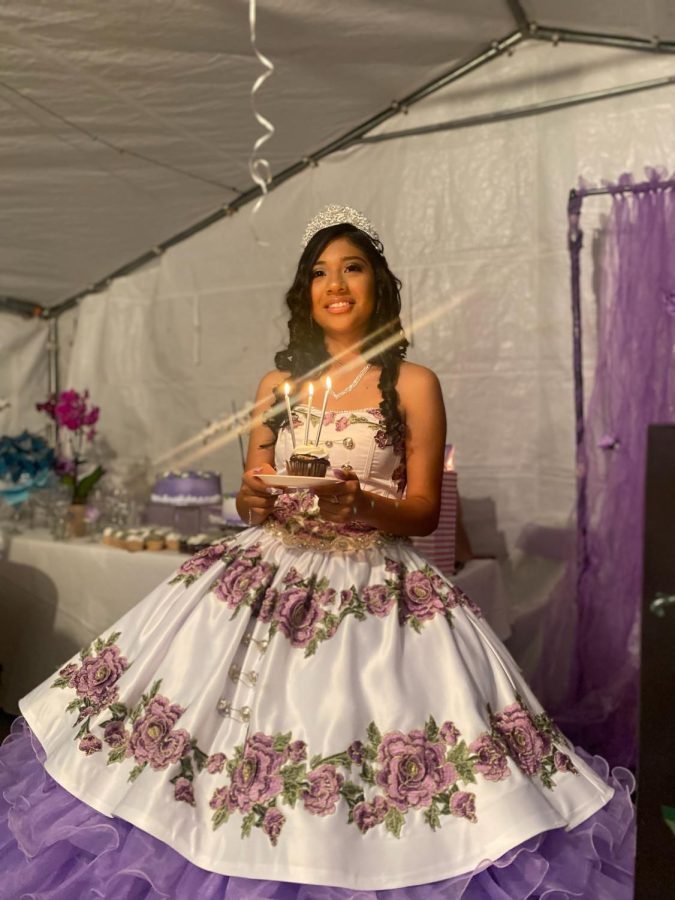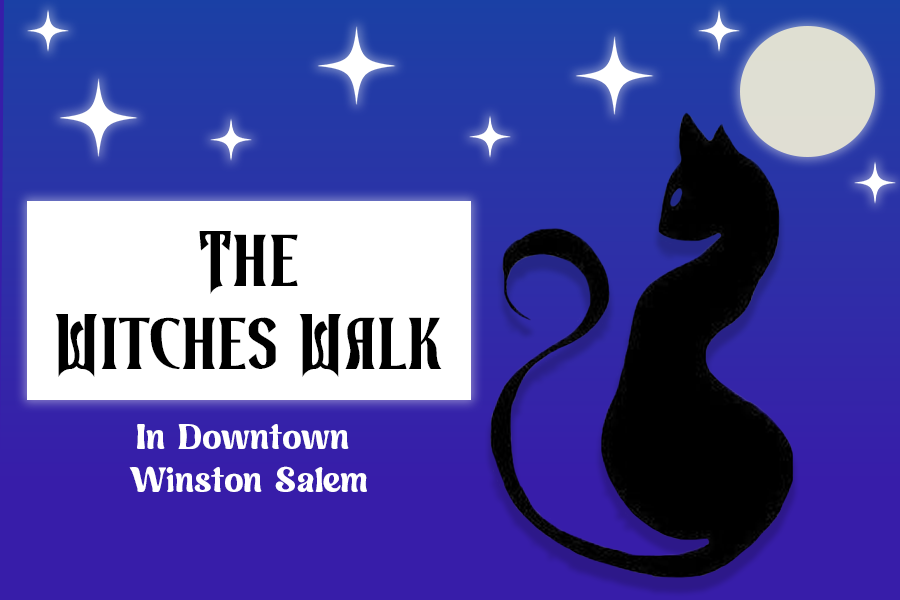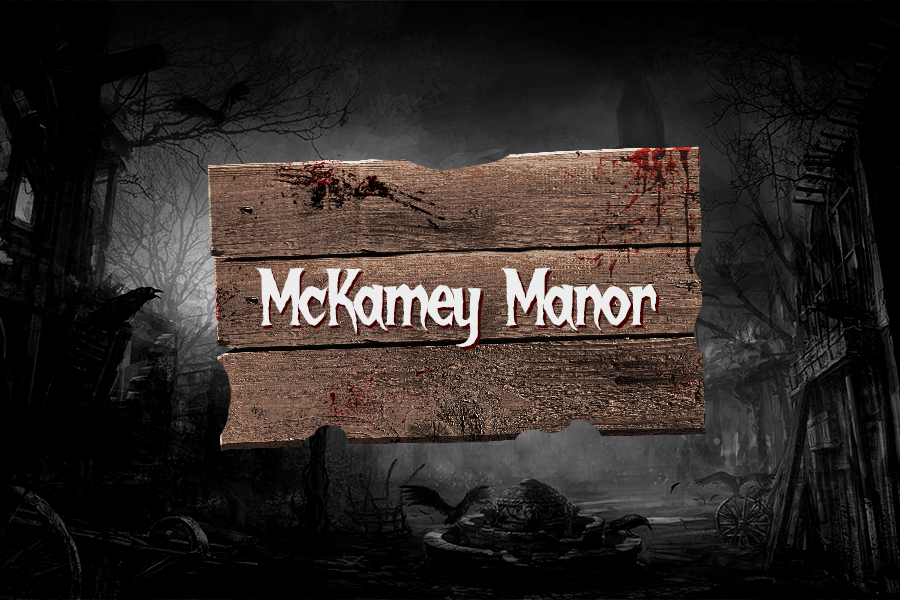More Than a Party: There is meaning behind Hispanic Holidays
Victoria Pioquinto at her quinceañera
November 18, 2022
When a group of people don’t acknowledge or understand the significance of a culture’s traditions, it can change the way future generations will view it.
One of the biggest Latina traditions is what we call a “quinceañera”. Some people may think it is just like the American sweet 16 parties, but it has religious origins and is very meaningful in our culture. Widely celebrated among us Latinos, a quinceañera marks an important milestone in a girl’s life, symbolizing her entrance into womanhood when she turns 15. A quinceañera is traditionally separated into two parts: the Mass and the fiesta. During the Mass, the girl receives Holy Communion and commits herself to God and the Virgin Mary. After the Mass, the party begins with music and dances. While some choose to dance with their court, the girl’s close friends, or family (damas y chambelanes), others may start with a traditional father-daughter waltz. There are three types of ceremonies: El Cambio de Zapatos (the change of shoes), the crowning ceremony, and la Ceremonia de la ultima muñeca, (“ceremony of the last doll”). These ceremonies may include the quinceañera receiving her first pair of high-heeled shoes, a tiara to remind her she’s a princess or a doll wearing a dress similar to hers to symbolize her firsts.
Regardless of how it is celebrated, whether formally or informally, it is still a special occasion to be remembered and carried on as cultural heritage. Though it is starting to become “Americanized”. Many people are trying to change the origin of a quinceañera, giving it a different meaning and misunderstanding it, the quinceanera is the girl, not the party. Many people don’t realize that a quinceañera it’s starting a whole new chapter in your life.
El Dia de Los Muertos or “Day of the Dead” is not, as commonly thought, a Hispanic version of Halloween, though they share some traditions, including costumes and parades. Americans tend to highly misunderstand the holiday as Halloween when in reality it is a day to remember those who have passed and to honor them for the day while we celebrate. It is believed that the border between the spirit world and the real world dissolves. During the celebration, the souls of the dead awaken and return to the living world to feast, drink, dance, and play music with their loved ones. The living family members treat the dead as honored guests with their favorite foods and other offerings at gravesites or the “ofrendas” built in their homes. An ofrenda, an altar in English, is set up to remember and honor the memory of their ancestors with pictures and favorite foods and drinks to join them in their journey. They can be decorated with candles, bright marigold flowers called cempasuchil, and red cock combs, alongside food like stacks of tortillas and fruit. The most well-known artwork by José Guadalupe Posada was La Calavera Catrina or Elegant Skull, it features a female skeleton adorned with makeup and dressed up in fancy clothes. Many people do not know where Dia de Los Muertos comes from, the way people don’t recognize the culture Latinos bring in.
Cinco de Mayo was just a small holiday in Mexico that was celebrated with family and friends as a get-together with a meal as they reminisced about the Battle of Puebla. Cinco de Mayo commemorates the day in 1862 when the Mexican army had a victory over France at the Battle of Puebla during the Franco-Mexican War. There are large parades where people dress up as Mexican and French soldiers. Although it is celebrated with parades, parties, mariachi music, Mexican folk dancing, and feasts, it’s not a national Mexican holiday as most people now see it, many usually celebrate with family or friends. Becoming more popular in the United States, people tend to use this day as another day to party which breaks off its original meaning. A popular misconception about el Cinco de Mayo is that it’s Mexican Independence Day. Mexico’s Independence day is actually celebrated on Sept. 16 to commemorate Mexico’s independence from Spanish rule. Not many people understand this because most Americans just use these days as an excuse to party.
Being Latino or Hispanic isn’t just about what everyone sees, it is about what it means to be a Hispanic, and what meanings and origins it all comes with. Not having the proper education regarding traditions or culture leads to just having complications in understanding the anger or frustration we may have. A quinceañera is not a Sweet 16, El Dia de Los Muertos is not Halloween and El Cinco de Mayo is not Independence Day.






